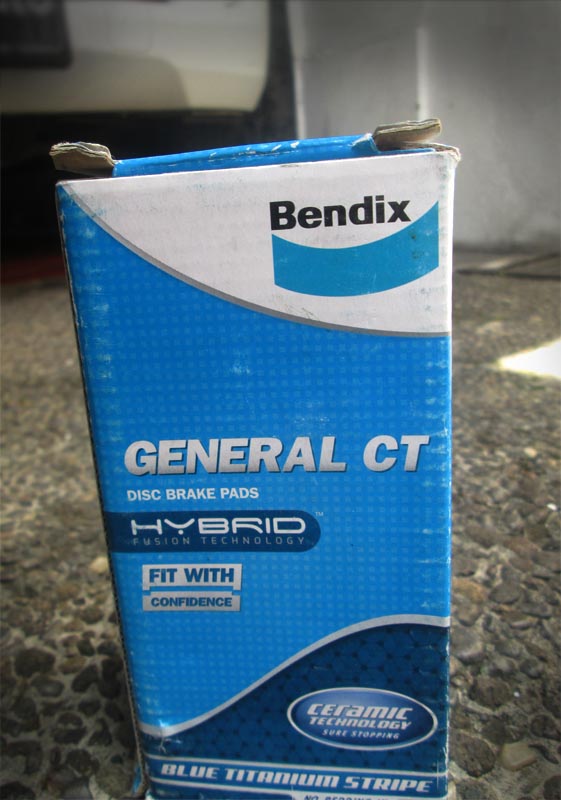
Bendix General CT Brake Pads
What this is about: Bendix General CT Brake Pads, installed on Toyota Avanza 2013, Indonesia
Price: About Rp 180.000 (USD 12), as of December 2018
Ease of installation: easy.
Required tools: Car jack, jack stand (optional), wheel nut wrench, clamp, suction tube.
Recommended? Yes, good for low budget pads.
This article is not about how to replace the pads. Please beware that replacement of brake pads need a more detailed and thorough instruction, which is not available here. I am sorry for this.
How I got the Bendix pads
I got myself these Bendix pads for my Toyota almost one year before it was actually replaced. Just to prepare. The Toyota workshop told me that the pads were nearing replacement, though it was only 30,000 km. Of course I didn’t believe it. It still went 20,000 km further before I actually replaced it. The car has an automatic transmission, thus the pads wear much faster than the same car with a manual tranny.
The package
How the pads look:

The information on the box:
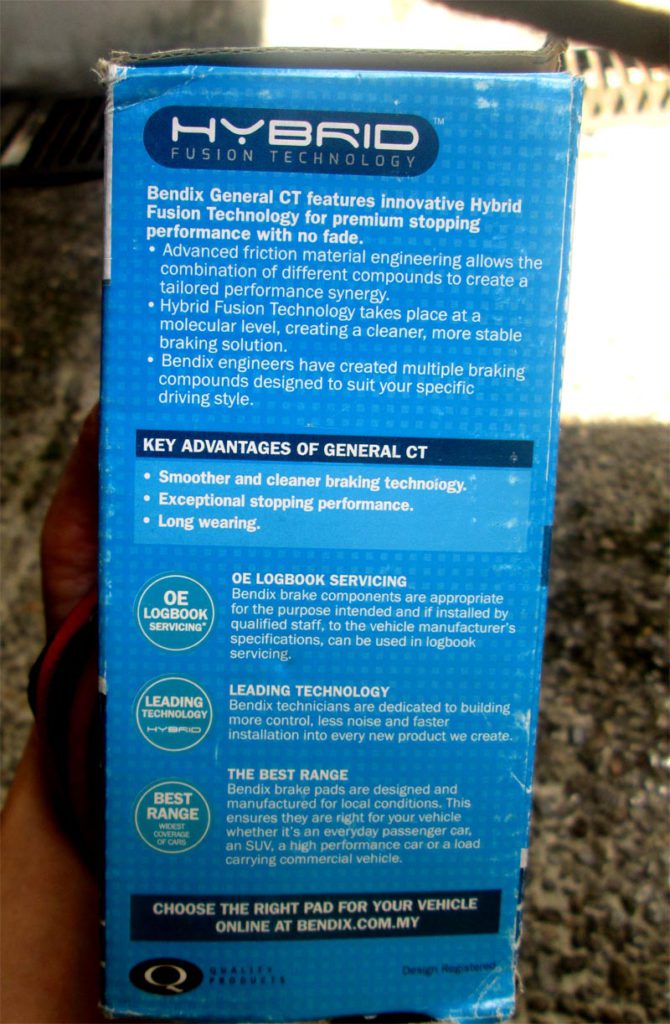
Here’s how the pads are packed in the box.
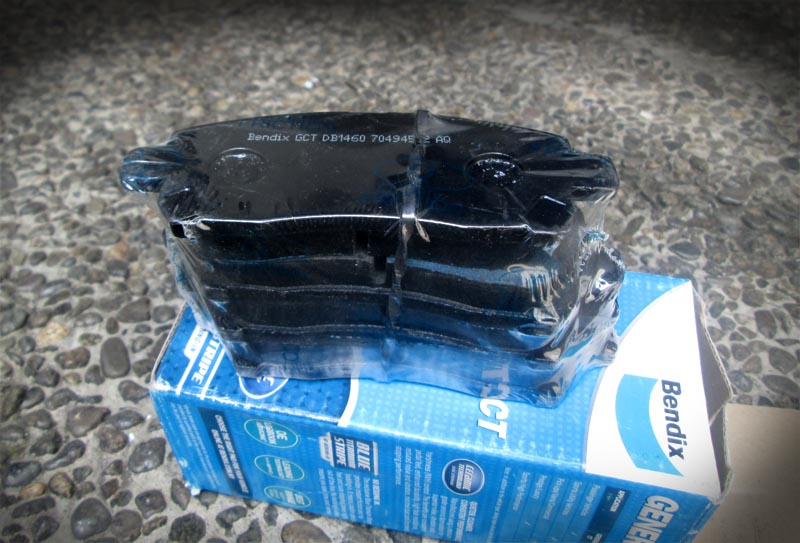
There are 4 pads in the box, wrapped in shrink wrapped plastic. They are quite heavy. Each pad has friction material thickness of approximately 10 mm. Actual usable thickness, as per Toyota workshop manual, is 9 mm. That leaves only 1 mm for wear limit, when the wear limit groove will disappear.
The package only comes with the pads, not pad wear plate, no anti squeal shim plates.
For this specific car (Toyota Avanza), the pads are identical, which means the inside and outside pads are similar, and thus are exchangeable.
The pad wear indicator plate is removable, so the old ones were removed from old pads and installed on the new pads.
Special feature
It has a “blue titanium stripe” which will seat the pads faster on brake discs, thus it will fit faster than other pads that do not have it.
Here’s how it looks:
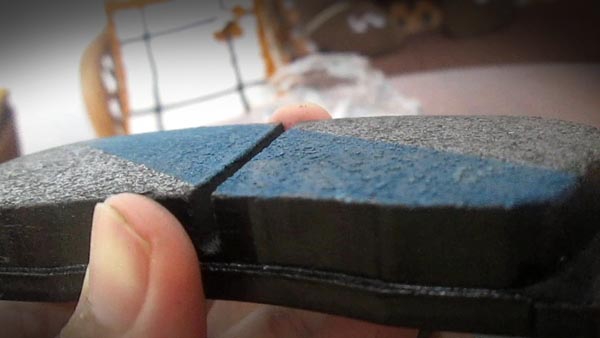
The blue stripe feels rougher than the pad surface itself. It might also be harder, so it it will grind disc surface a bit and seat itself faster. The grains seem easily strip from the pad when rubbed. See the description on performance after installation below.
Installation
Installation is pretty straight forward, as per Toyota’s workshop manual. the dimensions are similar to the Toyota’s original pads. But they are not as precise as the original, in particular concerning pad wear plate, which needs a little clamping to make it fit tightly on the pads.
The brake pistons were pushed in into the caliper cylinder using a C clamp, with a young mechanic helping me out.
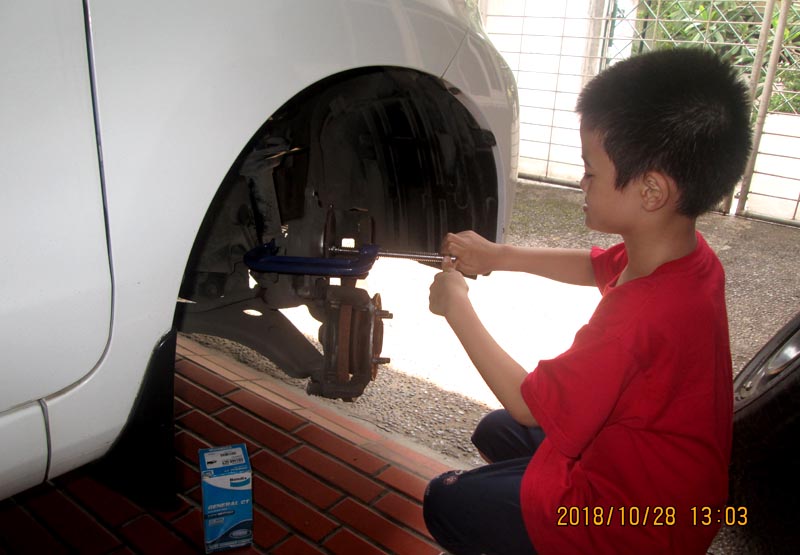
The pads sit tight at its place. They do not wiggle at all, with a consequence of not easily removable as the old pads. The full thickness new pad fill the available caliper moving space almost totally that they can only be installed with the brake pistons pushed totally in. Yet they still grind the discs a bit, even though no resistance on the wheel rotation is felt.
Here’s a picture on how tight the new pads on the caliper:

With the pistons pushed all the way in, a substantial amount of brake fluid needs to be removed from the brake fluid reservoir. It was carried out slowly using a suction tube, which was done once after every time the pistons were pushed halfway in.
Here’s the amount of the removed fluid.
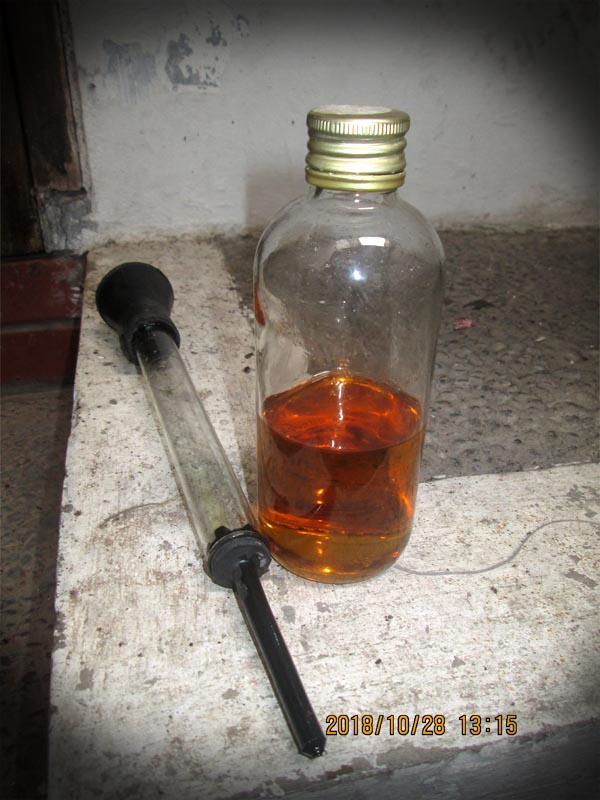
Result and Conclusion
In general, the new pads did not feel any different from the original replaced pads. They gave approximately the same grip. The blue titanium stripe wore off after one day, without any noticeable effect on overall braking performance.
On low speed, there was no change of pedal feel. The Bendix pad performance was just as good as the original, if not a bit weaker.
On heavy braking, they gripped the discs better, resulting in stronger braking power. A slight adjustment of pressure on pedal was necessary.
How is the grip after several thousand kilometers of use? Just read the end of this article.
The gripe
The right front wheel pads squeaked one day after installation. I removed, cleaned, and reinstalled them. Upon cleaning, a significant amount of dust was found, and the blue stripe was already gone (leaving some of its trace on the pads’ edges). The squeaking disappeared then.
It has been on the car for 1,000 km now. No more squeak, and the braking performance was still good.
The original pads (4 pieces of them) did not wear evenly. The thinnest piece had about 1 mm usable lining left (the groove was still visible). Here’s a picture showing the old pad and the new pad before installed.
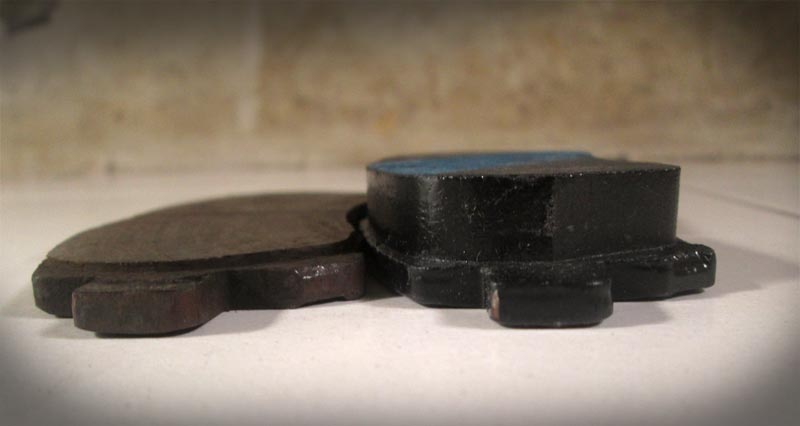
How do they last? (Update! After 7,500 km)
The original pad replacement was made at 50,000 km odometer reading. I made a brake check and cleaning 7,500 km later. And after 7,500 km of use, here is what I found:
- The pads wore out evenly.
- The pads have worn out by 1.125 mm (as shown by my vernier caliper below). At this wear rate, I predict they would be good for 60,000 km (assuming they wear out evenly).
- They tend to squeak after car washing.
- The blue stripes are totally gone.
- I felt some slightly less grip compared to Toyota’s original pads. However, worn discs may have played a role too in this matter.
Here are some pictures:
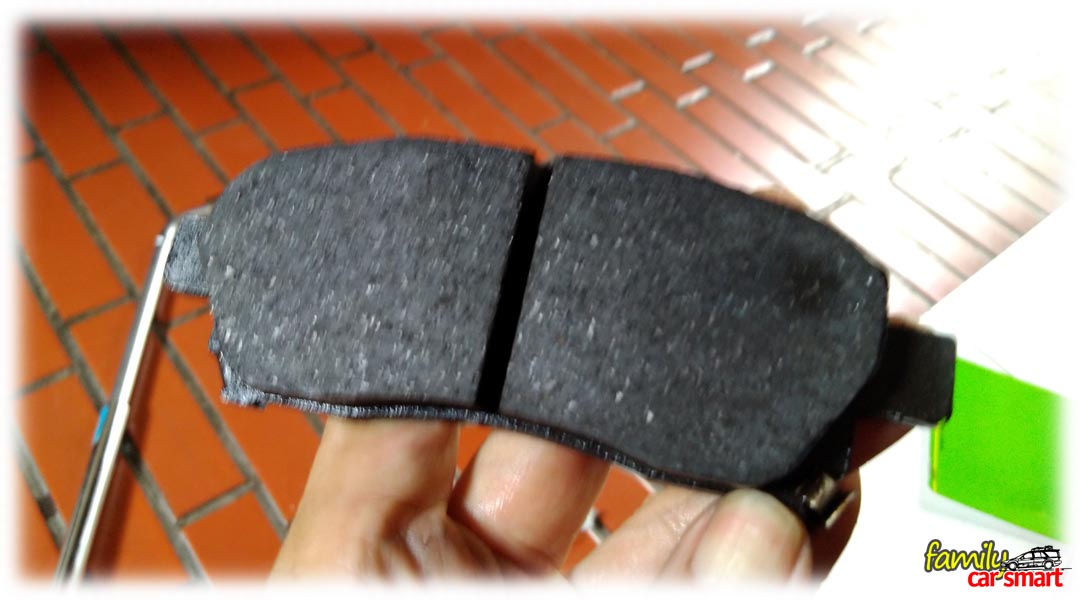
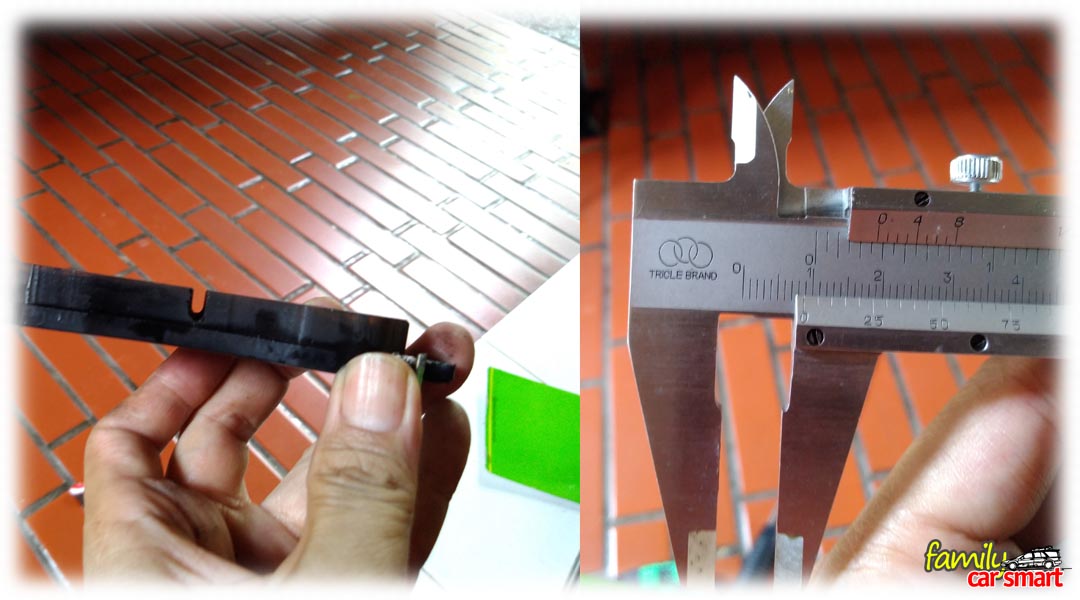
Be free to your comment or suggestion below. Thank you for reading.
Thanks for the write up. I was considering buying these on amazon, as they are among the lowest priced.
I’ve been burned buying the cheapest replacement before, so I threw out a quick google search. And as a bonus to your review, I learned about breaks squeaking after you’ve just changed them. This problem had me stumped some time ago. Again, many thanks.
Thank you for the comment. As of this reply, the Bendix pads have traveled for 9,500 kms. I did a check on 7,500 km. A article will be posted on how they fare so far. Thank you again.
Hi admin may I know how is the dust condition? Im a daily driver and I had use other brand of brake pad with Euro R90 certified but the dust is ridiculous amount on my rim in just only 6days(even after 20k KM). Brake Bite is too much even with slightly barely touch the brake padal and my passenger thought I’m a newbie driver. My learned lesson is Euro R90 brake pad doesn’t match with Japanese car disc rotor, and they’re build for Europe car. Thank you.